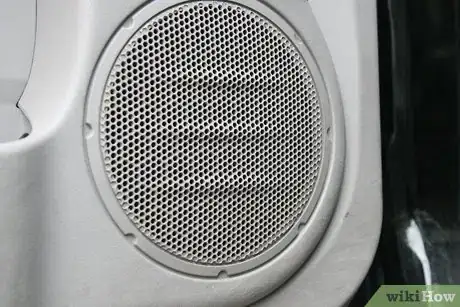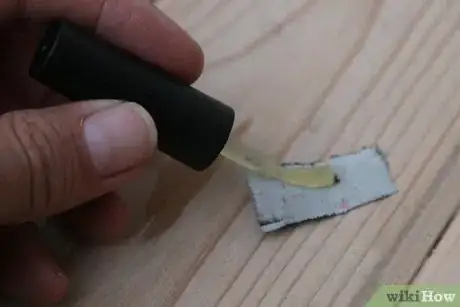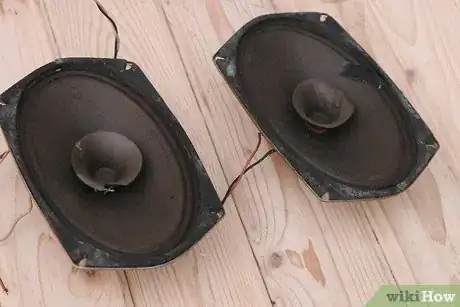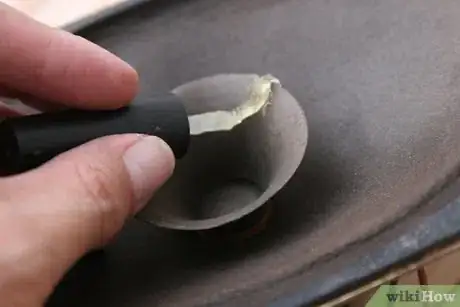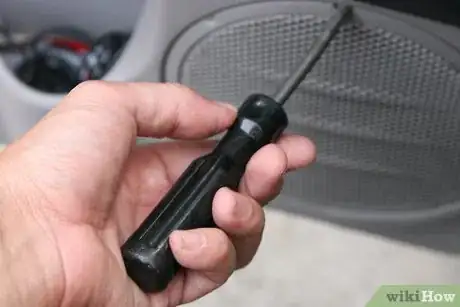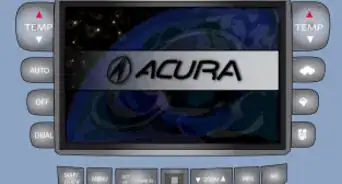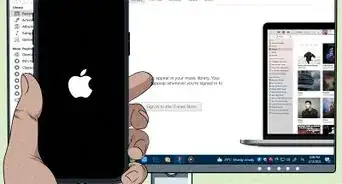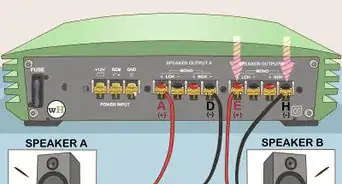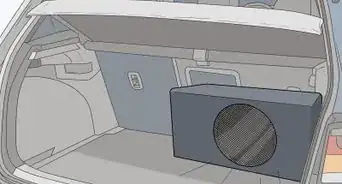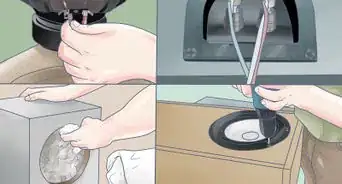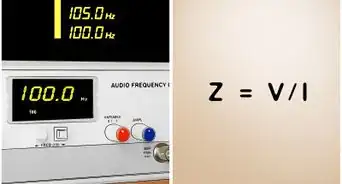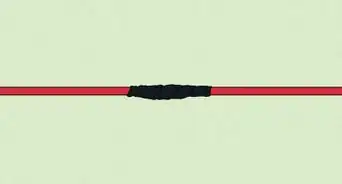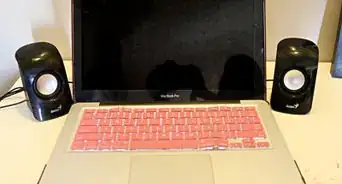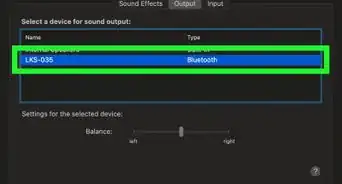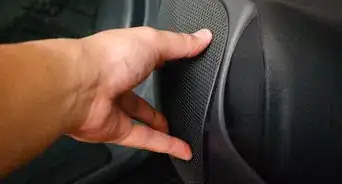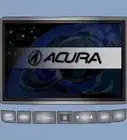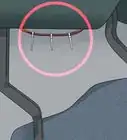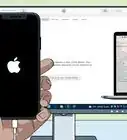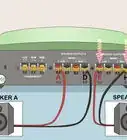X
wikiHow is a “wiki,” similar to Wikipedia, which means that many of our articles are co-written by multiple authors. To create this article, volunteer authors worked to edit and improve it over time.
This article has been viewed 66,273 times.
Learn more...
Some types of damage done to speakers can be repaired relatively easily. While damaged surrounds (material between the frame and speaker cone) and overpowered or over-driven speakers require more than a home remedy, tears or holes in speaker cones themselves, can be repaired. Please read completely before starting.
Steps
-
1Access the speaker. Ideally, the speaker should be removed so both sides of the speaker cone are accessible. Remove door panels, grill work or covers to allow removal of the mounting screws or fasteners.
-
2Support the speaker. The cone may be brittle if old, so be sure to handle the speaker with care. Hold the speaker so it does not fall when the last couple of screws are removed.Advertisement
-
3Gently pull the speaker away from support. It may stick to grommet material or paint if it has been in place for some time.
-
4Observe the connection to the speaker. Speakers require two wires to receive signals from the source or amp. Polarity (which wire connects to which terminal) is important. Take a photo (with cell phone), draw a diagram, label wires or make marks near the speaker terminals themselves to assist in properly reconnecting when reinstalling later.
Advertisement
Method 1
Method 1 of 2:
Repair Holes
-
1Obtain material for repair. Most speaker cones are made from paper or a thin plastic. To fix the hole, an amount of similar type and density material, but slightly larger will be needed. If unable to find the thin plastic used in some speakers, paper may be used.
-
2Prep the speaker. Carefully remove any dust, dirt, etc. from the front of the speaker cone. The cone may be brittle if old, so be sure to handle the speaker with care.
-
3Remove with scissors or razor any dangling edges. The smaller the hole and smoother the edge, the better the repair will be. Balance size and smoothness.
-
4Cut the mending material to form a patch. The patch should be the same general shape and slightly larger than the hole.
-
5Apply fingernail polish along the edge of the hole. Apply a liberal amount of polish along the edge of the hole in the speaker cone.
-
6Apply fingernail polish along the edge of the patch. Apply a liberal amount of polish along the edge of the patch.
-
7Join the patch material and speaker cone together. Align the patch to the hole and join. Press together by pressing from both sides at the same time. Do not push on one side without supporting the other side, otherwise the hole will tear.
-
8Allow to dry completely.
-
9Touch up. Check for areas that did not adhere and "fill" with additional polish. Use only enough to fill the void. Securely "tack" any edge that is not held in place by polish.
-
10Reinstall speakers in reverse order of removal, noting polarity of the speaker wire connections.
Advertisement
Method 2
Method 2 of 2:
Repair Tears
-
1Remove and prep the speaker. Follow the steps above up to "Prep the speaker" Do not cut or trim any material from the speaker cone.
-
2Apply a liberal amount of fingernail polish on the tear. "Paint" the nail polish on and around the tear. Apply the polish to both sides of the speaker cone.
-
3Allow to dry completely.
-
4Apply a second "coat" of polish.
-
5Allow to dry completely.
-
6Reinstall speakers in reverse order of removal, noting polarity of the speaker wire connections.
-
7Finished.
Advertisement
Warnings
- Amount of polish is loosely determined by how much bass energy is put into the speaker. Bass sounds (low frequency) cause the cone to "travel" more than high frequency sounds, and is more stressful to the cone material.⧼thumbs_response⧽
- It is unreasonable to expect the repaired speaker to perform as new. After all, a speaker is designed around many variables and all materials are chosen specifically to provide the designed response (which is what you paid for). Altering the speaker results in a deviation from the intended design and response specifications (again, this is what you paid for). This quick fix not intended to be used instead of replacing the speaker, but merely a "stopgap" until such time a replacement could be purchased.⧼thumbs_response⧽
Advertisement
About This Article
Advertisement
